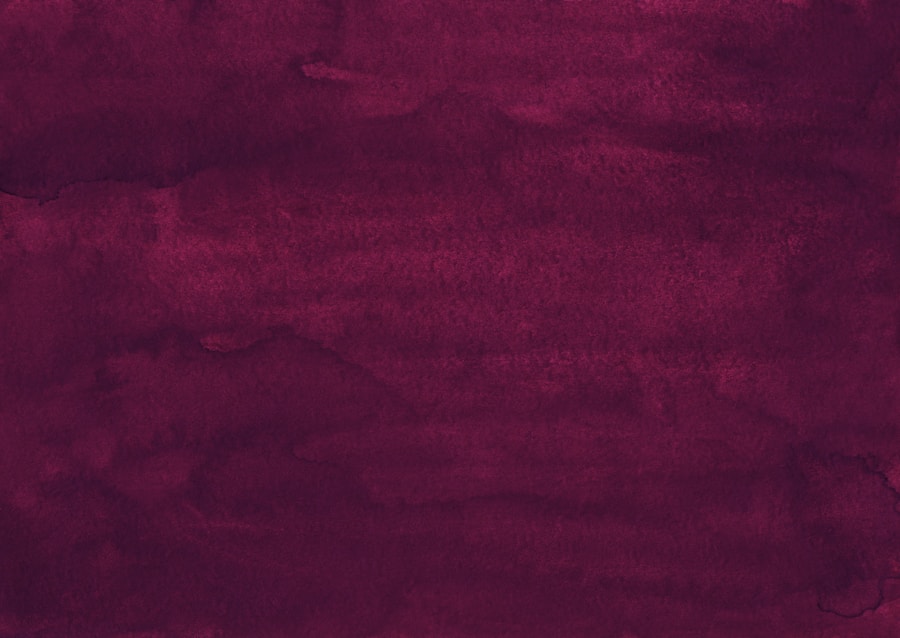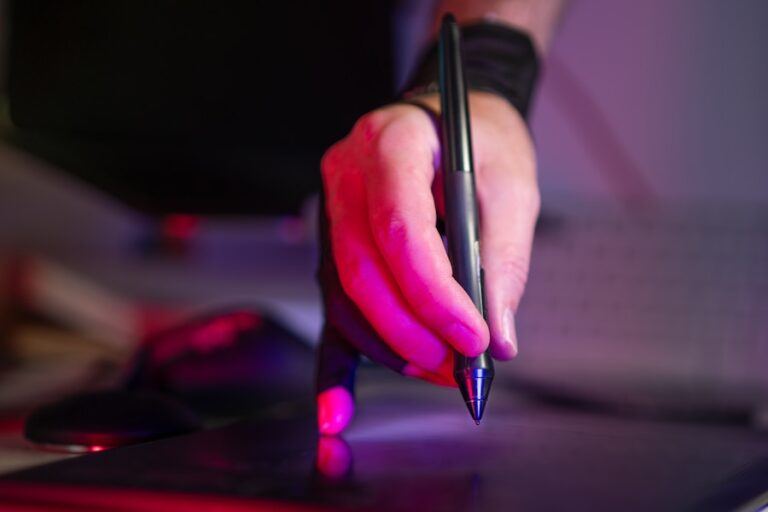From Sketch to Screen: Mastering the Basics of Digital Art and Design
Digital art is a form of artistic expression that uses digital technology as a medium. It encompasses a wide range of artistic styles and techniques, including digital painting, illustration, graphic design, and animation. Unlike traditional art forms, digital art is created using computer software and hardware, such as drawing tablets, digital pens, and graphic design programs. One of the key advantages of digital art is its versatility and flexibility, allowing artists to experiment with different styles and techniques without the constraints of traditional art materials.
To get started with digital art, it’s important to have a basic understanding of the tools and techniques used in digital art creation. This includes familiarizing yourself with digital drawing software, such as Adobe Photoshop, Corel Painter, or Procreate, as well as learning how to use drawing tablets and digital pens. Additionally, understanding the principles of composition, color theory, and perspective is essential for creating compelling digital artwork. With the right tools and knowledge, artists can explore new creative possibilities and push the boundaries of traditional art forms.
Choosing the Right Tools and Software
When it comes to creating digital art, choosing the right tools and software is crucial for achieving the desired results. Drawing tablets are an essential tool for digital artists, as they provide a natural and intuitive way to create artwork digitally. There are many different types of drawing tablets available, ranging from budget-friendly options to high-end professional models. It’s important to consider factors such as pressure sensitivity, pen accuracy, and screen size when choosing a drawing tablet that suits your needs.
In addition to drawing tablets, digital artists also need to select the right software for their creative projects. Adobe Photoshop is one of the most popular and versatile programs for digital art creation, offering a wide range of tools and features for painting, photo editing, and graphic design. Other popular software options include Corel Painter, Procreate, and Clip Studio Paint, each with its own unique set of tools and capabilities. By experimenting with different software programs, artists can find the right fit for their artistic style and workflow.
Mastering Digital Drawing Techniques
Mastering digital drawing techniques is essential for creating high-quality artwork in the digital medium. Unlike traditional drawing methods, digital drawing requires a different approach to line work, shading, and texture. One of the key advantages of digital drawing is the ability to work in layers, allowing artists to easily make changes and adjustments to their artwork without affecting the original drawing. This flexibility makes it easier to experiment with different techniques and styles, such as blending modes, layer masks, and digital brushes.
In addition to mastering the technical aspects of digital drawing, artists also need to develop their understanding of composition, perspective, and anatomy. These fundamental principles play a crucial role in creating visually appealing and dynamic artwork. By studying the work of other artists and practicing different drawing exercises, digital artists can improve their skills and develop their own unique style. Whether it’s creating realistic portraits, stylized character designs, or detailed landscapes, mastering digital drawing techniques is essential for bringing your artistic vision to life.
Exploring Color Theory and Composition
Color theory and composition are fundamental aspects of creating compelling digital artwork. Understanding how colors interact with each other and how they can be used to evoke emotions and moods is essential for creating visually impactful artwork. In addition to choosing the right colors, artists also need to consider composition and layout when designing their artwork. This includes elements such as balance, focal points, and visual flow, which help guide the viewer’s eye through the artwork.
Digital artists have access to a wide range of tools and techniques for exploring color theory and composition in their artwork. Digital painting software often includes features such as color pickers, blending modes, and custom brushes that allow artists to experiment with different color combinations and textures. Additionally, studying the work of master painters and color theorists can provide valuable insights into how to effectively use color and composition in digital art. By honing their skills in these areas, artists can create visually stunning and emotionally resonant artwork that captivates audiences.
Creating Digital Illustrations and Graphics
Digital illustrations and graphics are a popular form of digital art that encompasses a wide range of styles and techniques. From stylized character designs to detailed concept art, digital illustrations allow artists to bring their creative ideas to life in a visually compelling way. In addition to illustration work, digital artists also create graphics for various purposes, such as branding, advertising, and web design. This includes creating logos, icons, infographics, and other visual elements that communicate information in a clear and engaging manner.
To create high-quality digital illustrations and graphics, artists need to have a strong understanding of design principles, storytelling, and visual communication. This includes elements such as composition, color theory, typography, and visual hierarchy. Additionally, mastering digital painting techniques is essential for creating detailed and expressive illustrations that capture the viewer’s attention. By combining these skills with their own unique artistic vision, digital artists can create stunning illustrations and graphics that resonate with audiences across various platforms.
Bringing Your Artwork to Life with Animation
Animation is a dynamic form of digital art that brings static images to life through movement and storytelling. From traditional hand-drawn animation to modern 3D animation techniques, there are many different styles and approaches to creating animated artwork. Digital artists can use animation software such as Adobe Animate, Toon Boom Harmony, or Blender to create animated shorts, music videos, commercials, and more. By mastering the principles of timing, pacing, and character animation, artists can create captivating animated content that entertains and inspires audiences.
In addition to traditional animation techniques, digital artists can also explore motion graphics and visual effects to enhance their animated artwork. This includes creating dynamic transitions, kinetic typography, and special effects that add depth and visual interest to their animations. By combining their skills in illustration, graphic design, and animation, artists can create visually stunning animated content that pushes the boundaries of traditional storytelling. Whether it’s creating whimsical character animations or immersive motion graphics, animation offers endless creative possibilities for digital artists.
Tips for Taking Your Digital Art to the Next Level
Taking your digital art to the next level requires dedication, practice, and a willingness to experiment with new techniques and styles. One of the most important tips for improving your digital art skills is to study the work of other artists and learn from their techniques. By analyzing different artistic styles and approaches, you can gain valuable insights into how to improve your own artwork.
Another important tip for taking your digital art to the next level is to seek feedback from other artists and professionals in the industry. Constructive criticism can help you identify areas for improvement in your artwork and provide valuable insights into how to grow as an artist. Additionally, participating in online communities and art forums can help you connect with other artists who share your passion for digital art.
Finally, don’t be afraid to experiment with new tools, techniques, and styles in your artwork. Digital art offers endless creative possibilities, so don’t be afraid to step outside your comfort zone and try something new. Whether it’s exploring new software programs or experimenting with different artistic styles, pushing yourself out of your creative comfort zone can lead to exciting breakthroughs in your artwork.
In conclusion, digital art is a versatile and dynamic form of artistic expression that offers endless creative possibilities for artists. By understanding the basics of digital art, choosing the right tools and software, mastering digital drawing techniques, exploring color theory and composition, creating digital illustrations and graphics, bringing your artwork to life with animation, and following tips for taking your digital art to the next level, artists can push the boundaries of traditional art forms and create visually stunning artwork that resonates with audiences around the world. Whether you’re a seasoned professional or just starting out on your artistic journey, there’s never been a better time to explore the exciting world of digital art.




